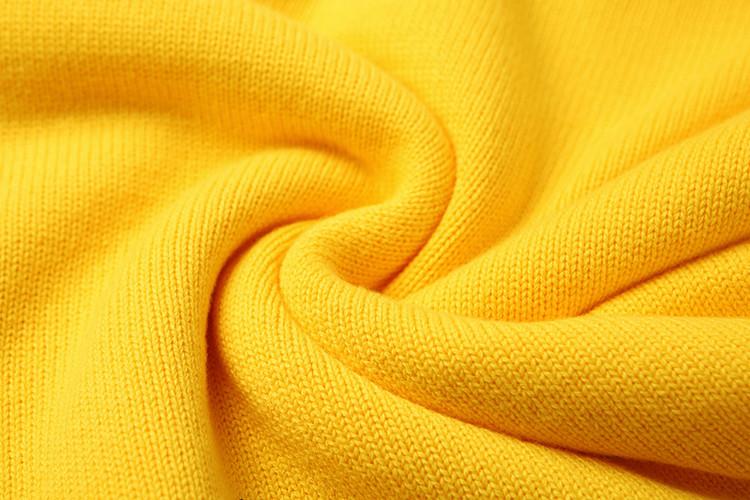Colored non dyed nylon with synthetic fiber raw material
The current conventional fiber coloring mostly uses yarn dyeing method, which has long process, high loss, high cost, and the product has color difference and low color wash fastness. Yarn is prone to fuzzing and defects during the dyeing process. The dyeing process also consumes a lot of water resources and generates a lot of wastewater that needs to be treated. If it is white fabric, the above-mentioned pollution will also occur in the printing, dyeing and finishing process. However, pursuing bright colors is a characteristic that textile fabrics and clothing should have. The contradiction between the two has sparked considerable debate in the industry. Fabric clothing cannot exist in a single color in the world, therefore, the implementation of the original liquid coloring skill is impressive.
The skill of coloring synthetic fibers was almost invented together with synthetic fibers. The industrialization of the two is almost synchronized. However, in the past, the development was hindered by thermal and chemical skills issues in the production process of non dyed fibers. Moreover, compared with printed and dyed products, undyed fibers have problems such as incomplete chromatography, insufficient dyeing, inability to dye deeply, and difficulty in distributing transition colors. However, with the advancement of dye and pigment skills, especially in fine grinding, dispersant development, heat-resistant materials (materials and dyes) skills, and breakthroughs in engineering, the use of chemical fiber raw material coloring skills is gradually expanding, and the product range is becoming more widely used.

Non dyed fiber is a colored fiber produced using the coloring technique of the original solution. It not only reduces the printing and dyeing process, saves energy and reduces emissions, but also has bright colors, uniform color, durability, and is not easy to fade in the consumption and use of fiber products, making it friendly to the human body. The entire production process of non dyed fibers conforms to the requirements of environmental protection in today's world. In the current trend of pursuing fashion in line with green environmental protection, bright colored non dyed fibers have undoubtedly become the darling of fashion.
With the mutual cooperation of the upstream and downstream fiber industry chain, non dyed nylon is bound to set off a trend of non dyed fiber in the terminal market. The environmentally friendly and fashionable concept presented by non dyed fibers will also be familiar and passed down orally by ordinary consumers.
Article source: Fancy Thread Manufacturer
-
05-27
The reason why fabrics containing spandex are prone to yellowing
Spandex is a commonly used fiber variety in our daily lives, characterized by good elasticity, low fineness, high elastic modulus (cracking elongation can reach 400-800), and low specific gravity. Spa
-
04-24
Colored non dyed nylon with synthetic fiber raw material
The current conventional fiber coloring mostly uses yarn dyeing method, which has long process, high loss, high cost, and the product has color difference and low color wash fastness. Yarn is prone to
-
03-26
What are the characteristics of non dyed spandex?
Non dyed spandex has also been widely used in recent years. Non dyed spandex fiber can be blended with fibers such as nylon, polyester, acrylic, cotton, wool, etc., which can give fabrics excellent el
-
02-24
The influence of yarn structure on fabrics
The basic characteristics of yarn include its appearance and shape, twisting characteristics, fiber transfer and distribution characteristics in the yarn, as well as the surface fuzz and internal loos
